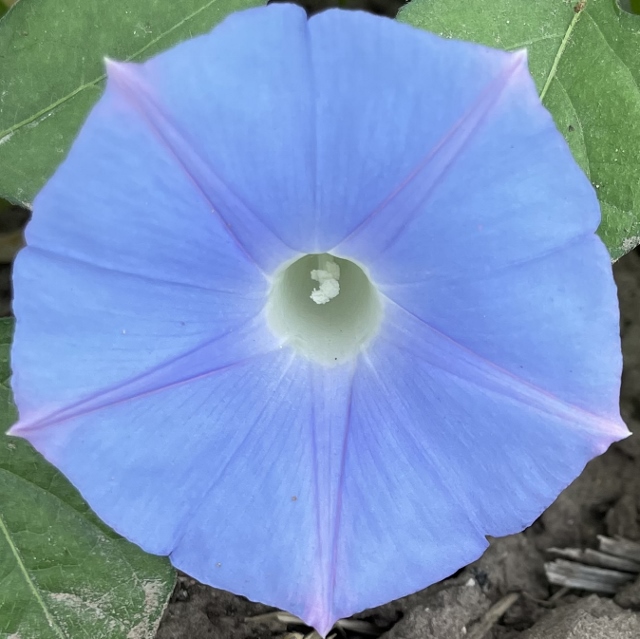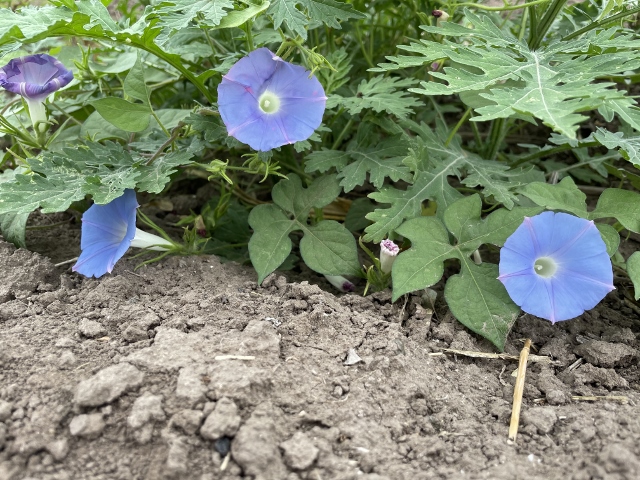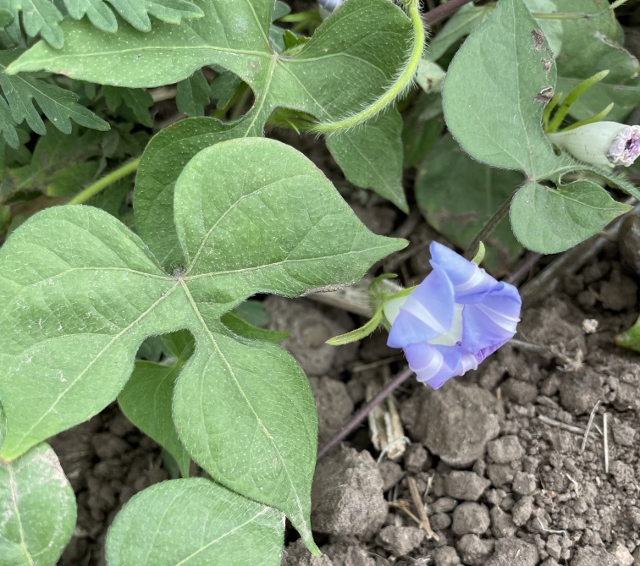
Story and photos by Anita Westervelt
The City Nature Challenge 2021 has come and gone. More than 1,270,000 observations were uploaded to www.iNaturalist.org database from individuals in 419 cities from 44 countries worldwide.
The challenge is in its sixth year and the fourth year that the Lower Rio Grande Valley participated. This year, 146 local participants logged 7,966 observations of 1,730 individual species of plants, birds, creatures and critters found in the four-county area of Cameron, Hidalgo, Starr and Willacy.
Among other locations, I walk along the country roadsides adjacent to where I live when I participate in this and other scheduled bio blitzes. I generally find a plant species I’d not seen before. This year, as I scoured the edge of a farm field, tiny blue flowers peaked out from under what appeared to be a row of false ragweed (Parthenium hysterophorus).

The new discovery was ivy morning glory (Ipomoea hederacea) easily identified, according to local plant experts, because it is our only blue-flowering morning glory. Native to Central America, it has naturalized in tropical, subtropical and warm temperate regions throughout the globe and found in 46 states in the United States.
Ivy morning glory is an annual twining vine. It can climb fences, neighboring plants and other supports but is commonly found creeping along the ground and under other vegetation. The habitat includes abandoned fields, along roadsides and railroad tracks and quite commonly along the edges of cultivated fields near the roadside.
The flower is somewhat small for a morning glory, measuring from one and one-quarter inch to two inches at the flare of the funnel-shaped flower. The petals are blue with five violet markings that radiate from the white center and create a star burst effect. The blue flower often fades to pink or light violet prior to closing. There may be one to three flowers on each peduncle, the stalk supporting the flower or flowers. It blooms from summer to fall, is pollinated by bees and visited by hummingbirds and some of the larger butterflies, like swallowtails and fritillaries.
The leaves are quite distinct, too; large, sometimes up to a six-inch span, they are three-lobed — another mark that distinguishes the ivy-leaved morning glory from other morning glories. They are covered in a mass of fine hairs. The pink-spotted hawk moth and morning glory leaf miner moths have been known to use the plant as a host; beetles may feed on the foliage. The leaves also can be five-lobed or not lobed at all.

It is described as an aggressive and opportunistic colonizer; it is listed as invasive in other countries such as China, India, Philippines, and Spain. In Arizona, it is considered a noxious weed and is on the West Virginia invasive plant species list. It is not on the Texas invasive list.
The City Nature Challenge is run by the Community Science teams at the California Academy of Sciences and the Natural History Museum of Los Angeles County. For information about the annual event, this year’s collective results and other periodic bio blitz dates visit www.citynaturechallenge.org.